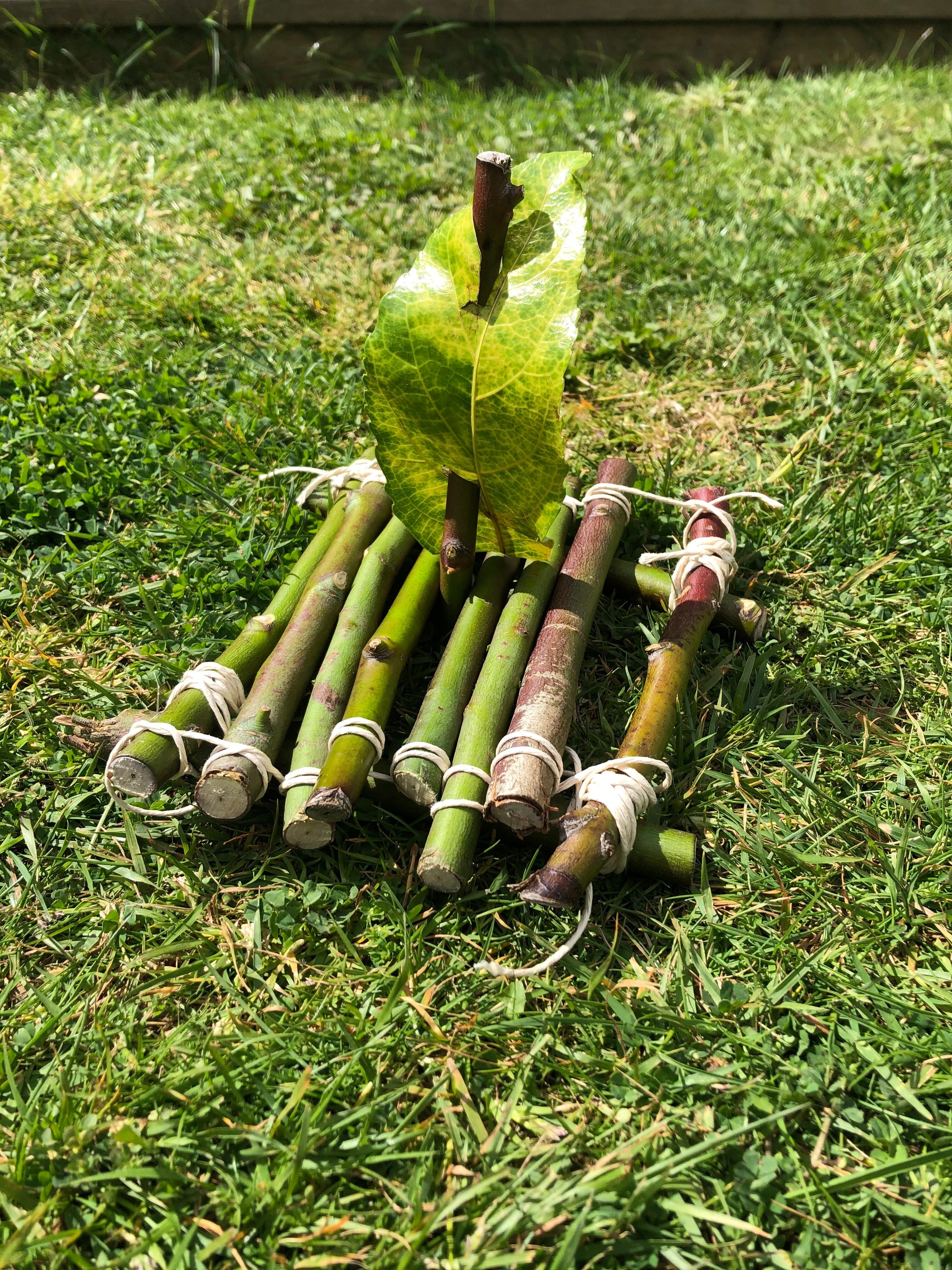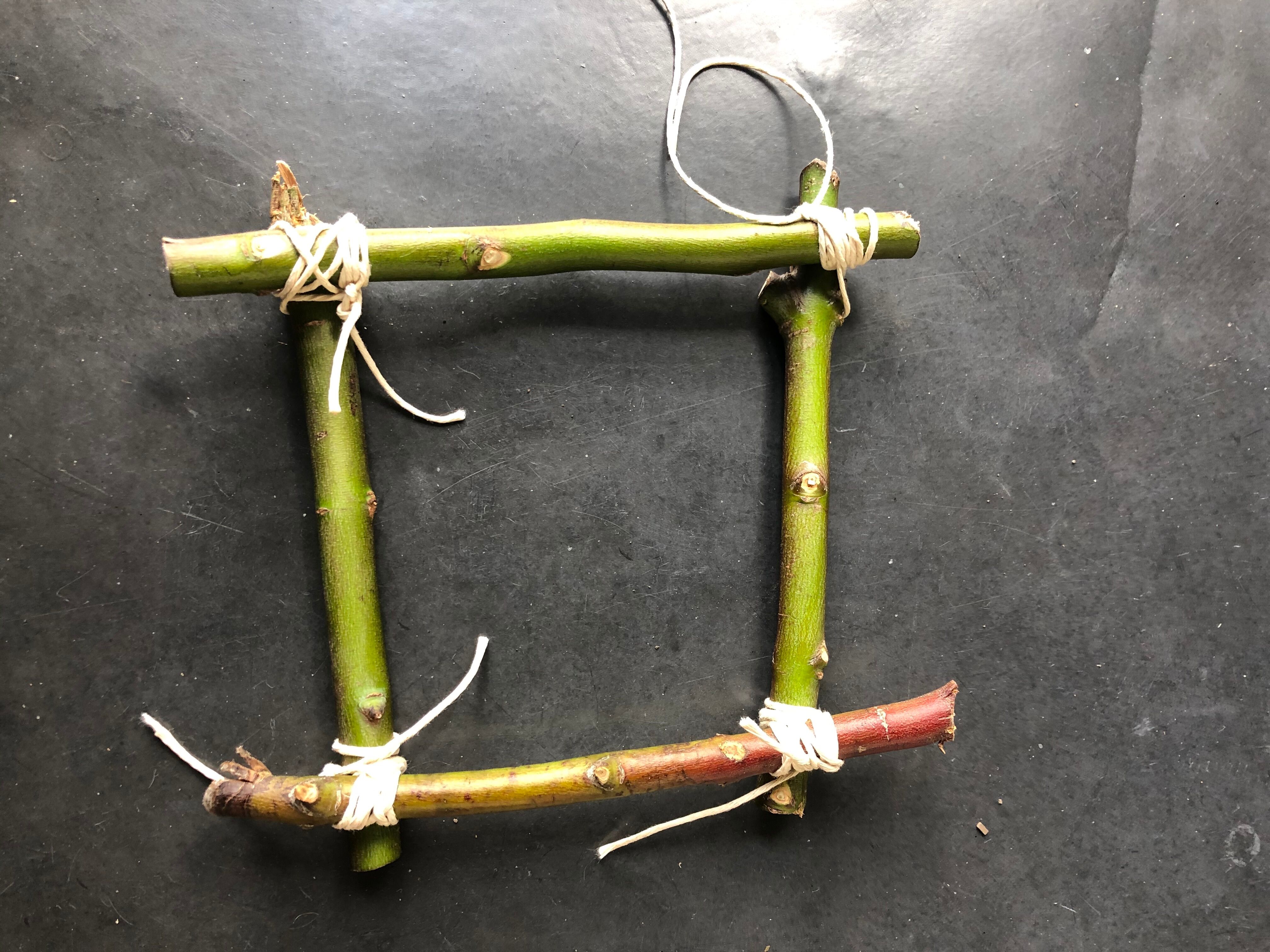Mini Raft Build - Fun Indoors/Outdoors Stuff to do
Here’s a fun little project to test out your raft making skills! Let's set the scene by imagining you’re stranded on a desert island and in the distance is a rescue ship ready to take you to safety! There is one slight problem...the ship hasn’t actually seen you and it’s waaaay too far to swim! So you decide to build a raft to paddle out safely! Now what would you build your raft out of? Trees? Branches? Giant Leaves? Seaweed (ooo slimy!)? There are tons of different methods and materials you can use, so let’s experiment by building a mini raft out of natural materials or materials you can find around the house. The aim is to see if you can make something that floats and even sails!
Now depending on how challenging you want to make this will depend on what materials you use. We always suggest starting off simple first to experience a successful raft and then building up from there.

WHAT YOU WILL NEED:
String or Elastic Bands to tie everything together
Things that float! Dry Sticks, Corks, Empty plastic bottles all work well!
A Sail – You can use big leaves or paper
Blue tac or clay (optional)
Stick tape (optional)
Scissors (for cutting string or paper)
HOW TO BUILD
We've built ours using sticks and string but you can experiment with all different materials and methods, just give it a go but always ask permission first for things around the house!
Create a simple structure using four sticks as shown in the picture below. Make sure to use dry sticks as these will float best. These sticks are about 15 cm long and are a little green (freshly cut) so they will be heavier than dry sticks and won’t float quite as well, so the drier the better.
Cut 4 long lengths of string and use these to lash the sticks together as shown below. Lashing means to tie one thing to another and this can be a little tricky, so if you are confident in knot tying and want to give lashing a go then go for it! Diagonal lashing is a good one to use, just look up different types of lashing and how to do them if you are unsure. Alternatively, elastic bands work really well to loop around and tie your sticks together so we’d suggest trying this first. Small blobs of blue tac or clay would be helpful for sticking you sticks together to make it easier to tie. You could even use elastic bands to make your structure then practise lashing them to get the hang of it!

Next, you’ll want to tie 6 sticks together to make the deck of the raft, remember to leave one spare for the mast! You can start at one end and thread your string around and between each stick, following a pattern of under the first stick and over the second to bind them together then tie the string in a knot at the end stick, a clove hitch is a great knot for this. Do this to both sides. This part is tricky so to make it easy you can use elastic bands or small blobs of blue tac or clay.

Now attach your sail to your mast! You can do these by piercing a leaf with the mast stick as shown in the first picture or if you are using paper then use sticky tape.
Slide the mast between the deck sticks of the raft. If they are tightly tied this will work well or alternatively use blue tac, clay or sticky tape to make sure it stays stuck and doesn’t fall over!
Decorate your raft! Bright colours would get you noticed pretty quickly! Think flowers & nature to weave in between the sticks or decorate your paper sail with colouring pens.
Set Sail!! Test out your raft in the sink, bath tub, a puddle, stream, pond or lake. If you are worried about losing the raft then tie a long piece of string to it which you can hold to stop it floating away. We like putting little Lego figures on ours to send them on their voyage!
Did it float or sink? Did the wind catch the sail? What else could we use to improve our rafts for next time? Send us photos of your creation!
SAFETY:
Make sure to always ask permission for all materials!
Testing your raft in natural water sources is hazardous so make sure you are with an adult, it is easy to access, shallow and theres no chance of falling in!


